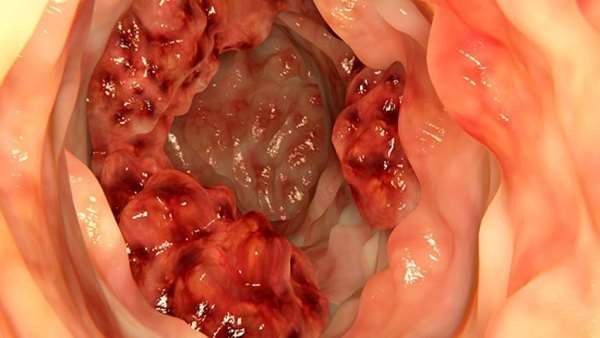Newly identified stem cells may hold clues to colon cancer
Vanderbilt-Ingram Cancer Center researchers have identified a new population of intestinal stem cells that may hold clues to the origin of colorectal cancer.
Vanderbilt-Ingram Cancer Center researchers have identified a new population of intestinal stem cells that may hold clues to the origin of colorectal cancer.
This new stem cell population, reported March 30 in the journal Cell, appears to be relatively quiescent (inactive) in contrast to the recent discovery of intestinal stem cells that multiply rapidly and is marked by a protein, Lrig1, that may act as a “brake” on cell growth and proliferation.
The researchers have also developed a new and clinically relevant mouse model of colorectal cancer that investigators can now use to better understand where and how the disease arises, as well as for probing new therapeutic targets.
Colorectal cancer is the second leading cause of cancer deaths in the United States. These tumors are thought to arise from a series of mutations in intestinal stem cells, which are long-lived, self-renewing cells that gives rise to all cell types in the intestinal tract.
For more than 30 years, scientists believed that intestinal stem cells were primarily quiescent, proliferating only rarely in order to protect the tissue against cancer. Then, in 2007, researchers reported finding a population of intestinal stem cells (marked by the molecule Lgr5) that were highly proliferative.
Those findings “really changed the way we think about intestinal stem cells,” said Robert Coffey, Jr., M.D., Ingram Professor of Cancer Research, co-chair of Vanderbilt’s Epithelial Biology Center and senior author on the study.
“It came to so dominate the field that it raised the question about whether quiescent stem cells even existand that’s where we enter into the picture.”
Coffey’s lab studies the epidermal growth factor (EGF) signaling pathway which includes a family of receptors known as ErbBs and its role in cancers of epithelial tissues, like the intestinal tract.
Reference:https://www.eurekalert.org/pub_releases/2012-03/vumc-nis032812.php





ارسال به دوستان